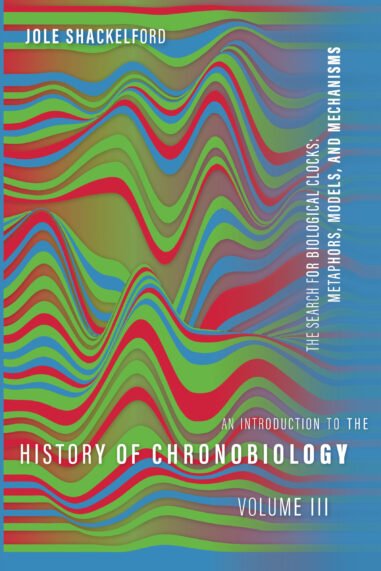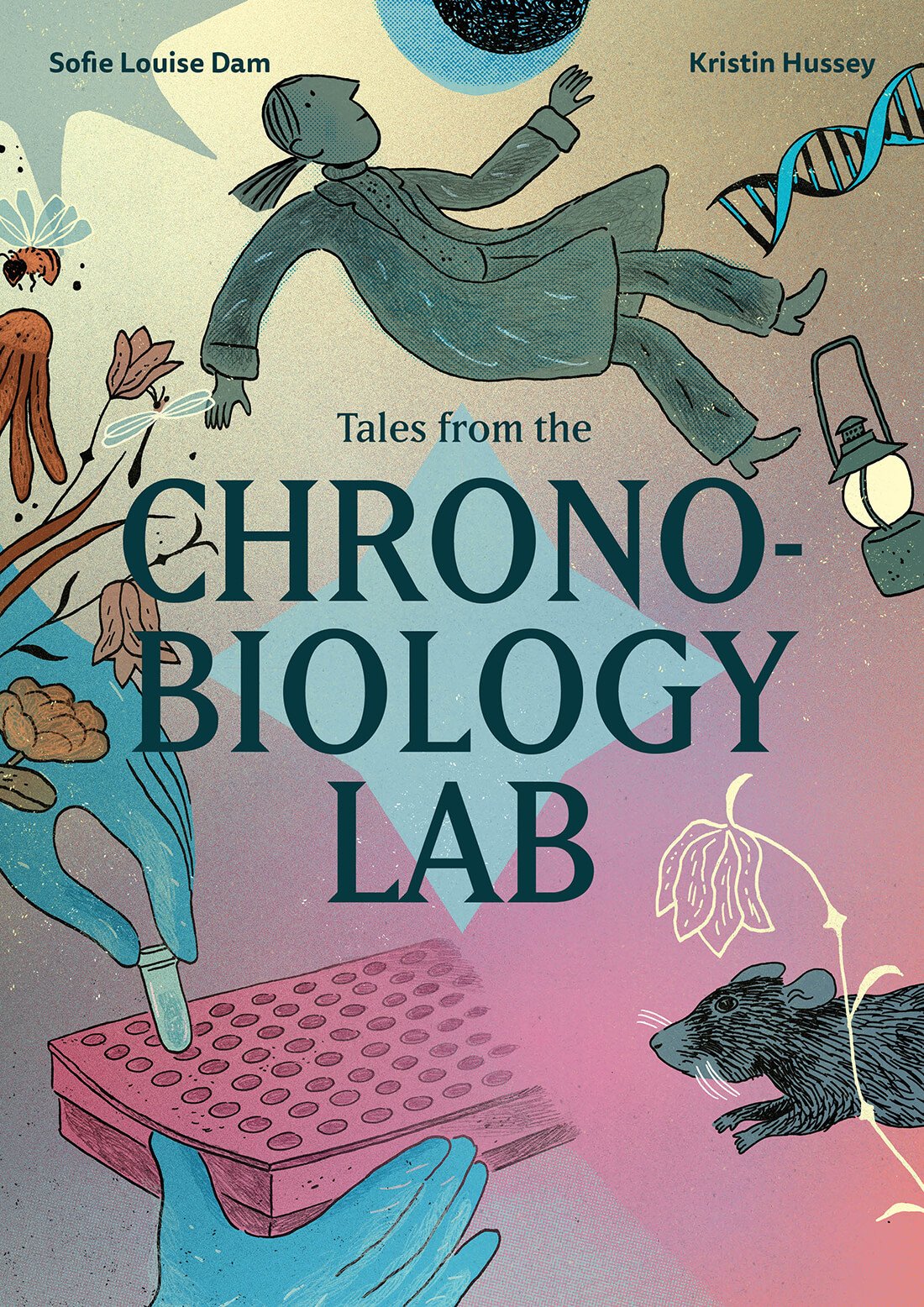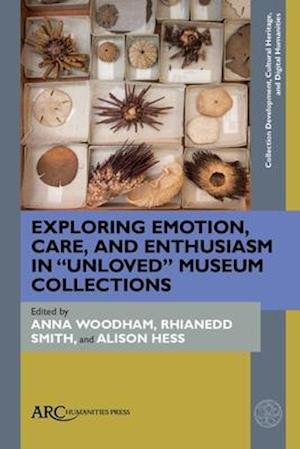
Destroying Nature: A new exhibition trail at the Great North Museum
I am delighted to share a new exhibition trail at the Great North Museum co-produced with second year environmental history students for the summer of 2025.

Victorian sleep hacks: New article for Videnskab.dk
I am happy to share a new article commissioned by Videnskab.dk on Victorian sleep hacks

CFP: On the night shift: New perspectives on night work since 1900
Night worker from a munitions factory tried to sleep in the daytime, c. 1940s. Getty Images

New book review: Jole Shackelford’s history of chronobiology for H-Environment
My review of Jole Shackelford’s history of chronobiology is available on H-Environment.

Tales from the Chronobiology Lab is here!
After almost three years of hard work, our science comic Tales from the Chronobiology Lab is available open access via the NFF Center for Basic Metabolic Research (CBMR). Developed and created with illustrator and storyteller Sofie Louise Dam and scientists from CBMR, the comic takes the reader behind the scenes in a scientific laboratory where we follow the unassuming night owl Amy in her research into circadian rhythms - the science of our body clock.

Goodbye blog for Medical Museion
In my final blog for Medical Museion, I reflect on my experience as a historian working in a highly interdisciplinary environment, carrying out academic research as well as delivering public engagement projects like art commissions, comics and exhibitions.

New job!
I have recently been appointed Lecturer in Environmental History at Newcastle University, and will take up this exciting post in late spring 2024.

Curating Complexities in Art, Science, and Medicine
I am delighted to share a new coauthored publication about curating complexity in art, science and medicine, now available open access in the journal STS Encounters.

New publication: Making and feeling time in the laboratory
Just published: my latest paper ‘Z-Time - Making and feeling time in the chronobiological laboratory’ has been published ahead of print with Time & Society. A departure from my usual historical work, this paper uses the tools of STS and temporality studies to think about the way different forms of time are made and experienced by chronobiologists as they study circadian rhythms in the lab.

New Open Access publication on the history of chronobiology
I am delighted that my newest publication ‘Timeless spaces: Field experiments in the physiological study of circadian rhythms, 1938–1963’ is now available open access from History and Philosophy of the Life Sciences. This article has developed out of a research visit to the Hana Holborn Gray Special Collections Library at the University of Chicago in 2021 and was presented as a paper at the European Society for the History of Science conference in September 2021.

New publication: ‘Rhythmic history’: Toward a new research agenda in the history of health and medicine
I’m delighted to share my latest peer-reviewed publication titled ‘Rhythmic history’: Toward a new research agenda in the history of health and medicine, which is available Open Access from Endeavour.

Open Access resource - interdisciplinary exhibition making
The Medical Museion is proud to share a new open access publication about making interdisciplinary exhibitions based on The World is in You.

Contract signed with Polity Press for a new history of circadian rhythms
I am delighted to share that my second book on the history of circadian rhythms is under contract with Polity Press.

Winner of the 2022 Whitfield Book Prize
Imperial Bodies in London had been awarded the Whitfield Book Prize by the Royal Historical Society.

Imperial Bodies in London short-listed for Whitfield Prize
Imperial Bodies in London has been short-listed for the RHS’s Whitfield Book Prize.

Just Announced: Awarded Marie Skłodowska-Curie Actions Postdoctoral Fellowship
New project on the history of circadian rhythms in the 19th century Arctic coming in 2023!

New Reviews for Imperial Bodies in London
Two new reviews have recently been published for Imperial Bodies in London.

Book Review: ‘Exploring Emotion, Care, and Enthusiasm in ‘Unloved’ Collections’ (Arc Press: Leeds, 2020)
I was delighted to provide a review of the volume ‘Exploring Emotion, Care, and Enthusiasm in ‘Unloved’ Collections’, edited by Anna Woodham, Alison Hess and Rhianedd Smith for Volume 9 of the journal Museum Worlds.

‘The Waste of Daylight’: Rhythmicity, Workers’ Health and Britain’s Edwardian Daylight Saving Time Bills
How early is too early to wake up? How much sleep do we really need? And can an extra hour of evening sun cure consumption? This research article for the Social History of Medicine re-interrogates the history of daylight saving time in light of public health and early twentieth century anxieties around the limits of workers’ rhythmic bodies.

Imperial Bodies in London: Empire, Mobility, and the Making of British Medicine, 1880-1914
My first book will be published with University of Pittsburgh press in autumn 2021. Following mobile tropical bodies, this book challenges the idea of a uniquely domestic medical practice, arguing instead that British medicine was imperial medicine in the late Victorian era. Using the analytic tools of geography, she interrogates sites of encounter across the imperial metropolis to explore how medical research and practice were transformed and remade at the crossroads of empire.